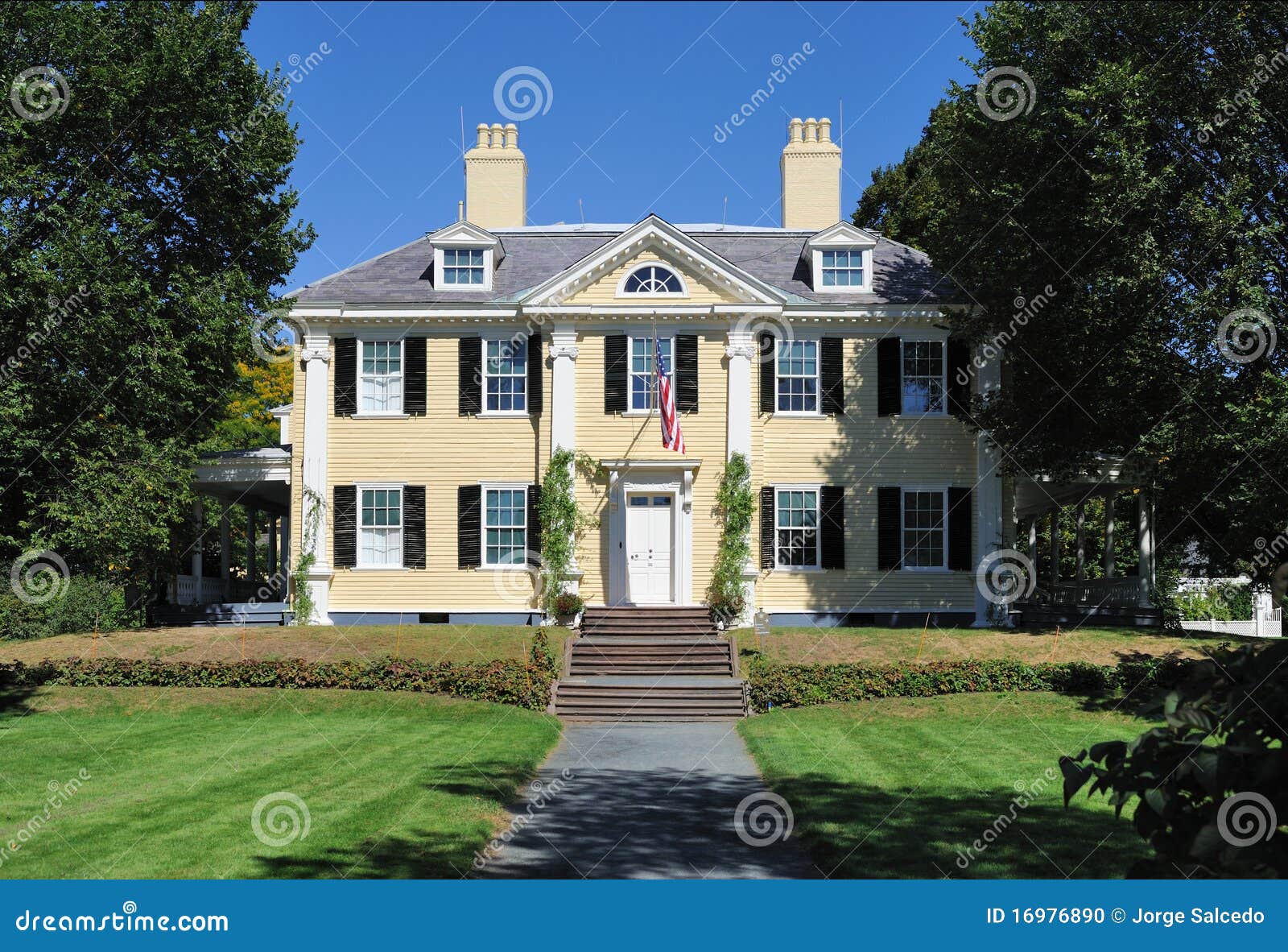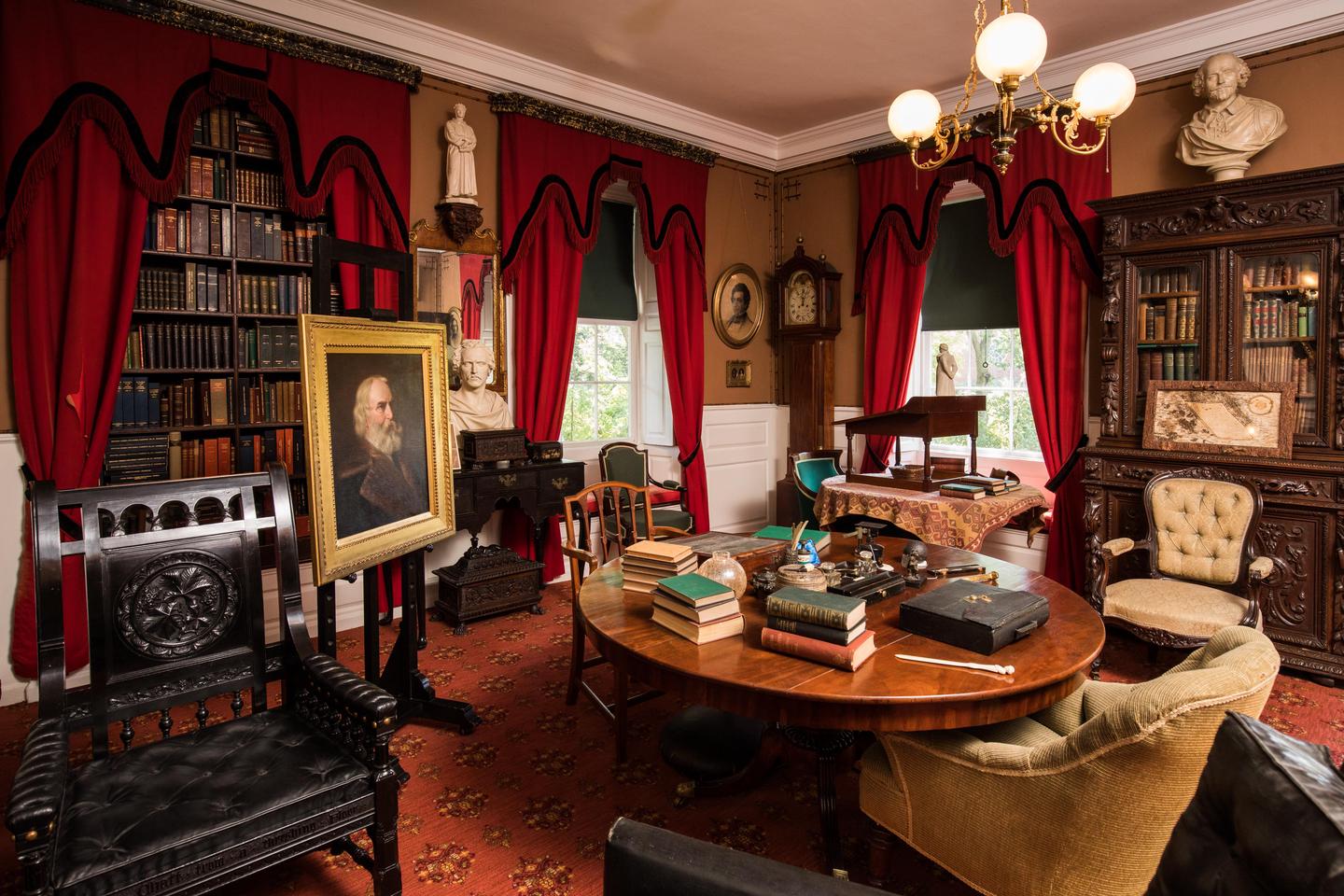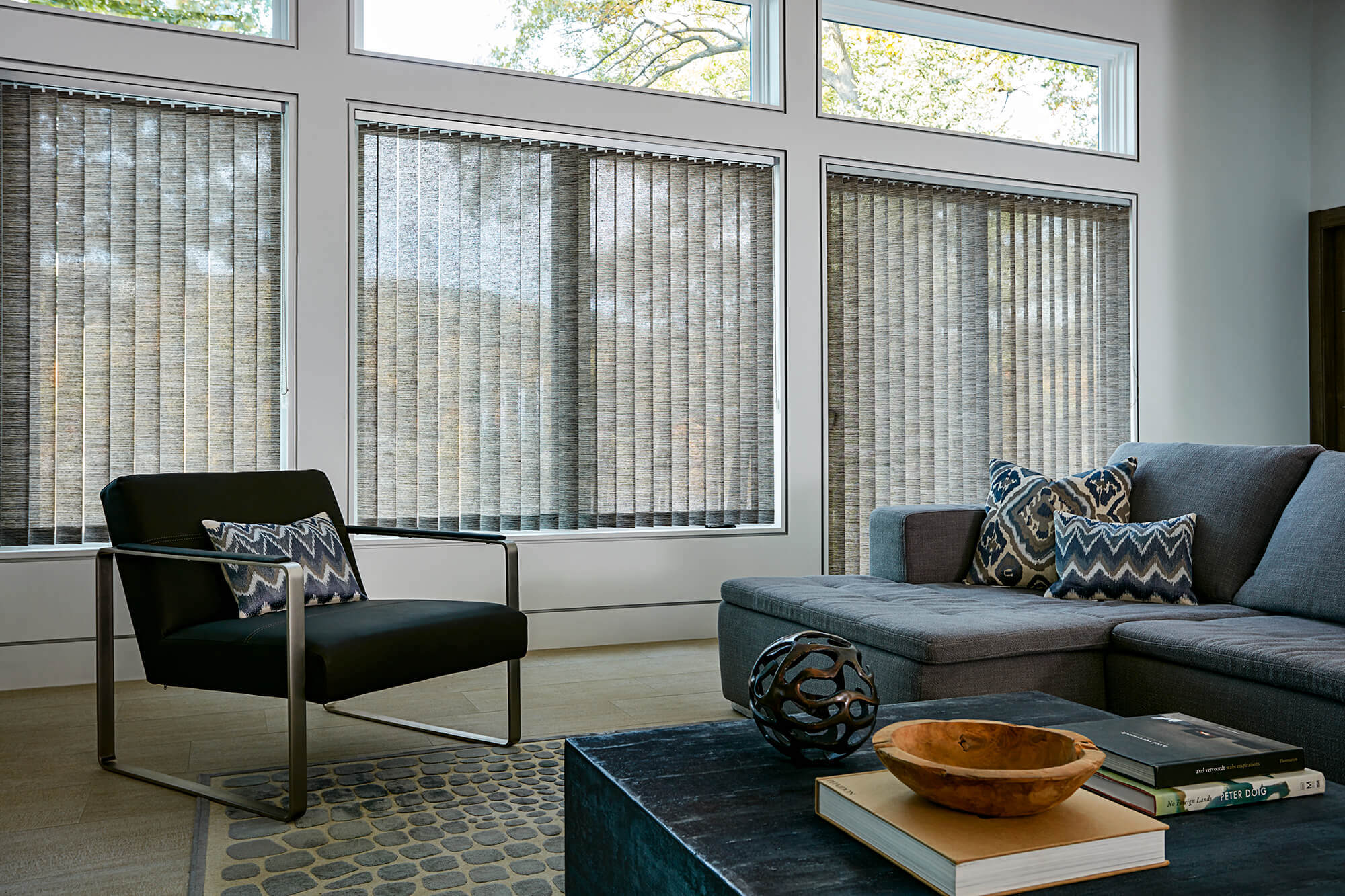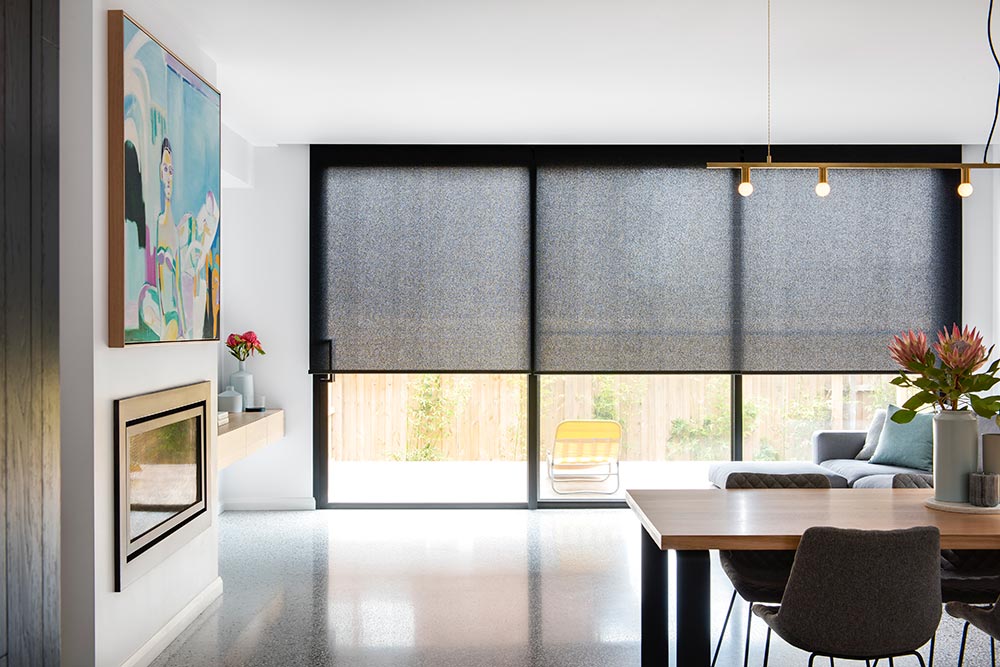Table Of Content
- Longfellow House - Washington's Headquarters
- Explore subjects and stories related to this park
- Clowning for Novices: History and Practice With Rose Carver
- Longfellow House–Washington's Headquarters National Historic Site
- One of America's most historic homes also holds a startling literary legacy.
- AIMS College Prep Middle School

He stayed there for two weeks, but on July 16 he moved here to the vacated Vassall house. This move was likely motivated in part by the fact that, at the previous house, he had to share space with General Charles Lee, and also with the Harvard president. The Vassall house was also a quieter place, further from the town center and away from the main army encampments, and Washington may have also preferred it because, in part, it resembled his own home in Virginia.
Longfellow House - Washington's Headquarters

In the meantime, after Washington’s departure the house had several different owners in the late 18th century. He married his wife Elizabeth in 1793, and he lived here until his death in 1819. During this time, he improved the house and the surrounding grounds, and he frequently held lavish parties here, with attendees such as Prince Edward, who was the father of Queen Victoria. The house was eventually donated to the National Park Service in 1972, and is now a wonderfully maintained historic landmark. While the Longfellow House has long been an extraordinary piece of American history, it is also a beautiful example of New England architecture, complete with a beautiful garden in the back which displays a wide variety of New England flora. As Longfellow once wrote, “All houses wherein men have lived and died are haunted houses…” If this is true, then the spirits in this home are spirits that have shaped and molded American history.
Explore subjects and stories related to this park
The carriage barn was built in 1899 on the grounds of what is now Pasadena's Huntington Memorial Hospital for Dr. Osborne, a member of the hospital's staff. It has three gables and a distinctive pitched roof.The barn was saved from demolition and moved to the Heritage Square Museum in 1981. During the rapid urban expansion of the 1960s, Victorian buildings in Los Angeles were being demolished at an alarming rate. The Los Angeles Historic-Cultural Monument program, established in 1961, could evaluate properties and list-register them, but not protect them.
Clowning for Novices: History and Practice With Rose Carver
A week of events in Cambridge and Somerville: Juneteenth, Dance Party, Sedaris and 'Savitri' - Cambridge Day
A week of events in Cambridge and Somerville: Juneteenth, Dance Party, Sedaris and 'Savitri'.
Posted: Fri, 16 Jun 2023 07:00:00 GMT [source]
Most continued to live on the property even during Washington’s time there but were eventually evicted in 1780. The outward sweep of the entrance stairway, the sculpted brackets under the eaves, the slanted bay windows, and the narrow Corinthian columns are characteristic of its Victorian Italianate style. In 1975, the house was moved from 1315 Mount Pleasant Street to the museum grounds, and restoration was begun by the Colonial Dames Society of America. The museum focuses on interpreting the years 1850 to 1950, a century of unprecedented growth in Los Angeles.
Recently, there was an archaeological investigation of the site to locate other potential structures on the property and determine their uses. In June the archaeologists conductied another geophysical survey, with newer technology in order to get higher-resolution images of what is underneath the ground. This means that they excavated to look at the underground anomalies found in the geophysical surveys in order to see what the anomaly is. In addition to archaeological research, was public outreach opportunities that go along with this project including our REAL pop-up. The British sailed away on March 17, on a day that is still celebrated in Boston as Evacuation Day. Washington remained here at his headquarters for the next few weeks, before leaving on April 4.
Originally built by businessman Robert "Fish" Jones, it currently serves as an information center for the Minneapolis Park System and is on the Grand Rounds Scenic Byway. Longfellow died in 1882 and his daughter Alice Longfellow was the last of his children to live in the home. The last family to live in the home was the Longfellow family, who established the Longfellow Trust in 1913 for its preservation.
It was built in the fashionable neighborhood (in the 19th century) of Boyle Heights. The Perry's Mount Pleasant House was considered the finest and most expensive residence to arrive in mid-1870s Los Angeles. At the time of the final move, Pasadena Heritage argued that the Longfellow house should remain in the city of its origin. But the horse was already out of the octagon; Longfellow’s house should never have been moved in the first place from the original location on San Pasqual. The library performed well, serving the south easternmost portion of Minneapolis until the 1950s, when the growing prevalence of television cut circulation numbers at the library in half.[1] The demographic that fell the most during that time was not children, but adults.
Explore This Park
Although widely respected and celebrated with enthusiasm here in Cambridge, Washington was still a relatively young man at 43. Up to this point, his military career was limited to serving as a colonel in the Virginia militia during the French and Indian War. His wartime service had been distinguished but not overly remarkable, yet by the summer of 1775 he was viewed by many patriots as the best choice to lead the newly-organized army. In 1791, the house was purchased by Andrew Craigie, the first Apothecary General of the United States. However, his failed real estate dealings left him bankrupt at death, so his widow was forced to take in boarders and sell all but three of the estate’s 140 acres.
In 1759, at the age of 21, he had his father’s old house demolished, and he replaced it with this home here on Brattle Street, located about a half mile west of the center of Cambridge. Two years later, he married Elizabeth Oliver, whose brother Thomas later served as the colonial lieutenant governor. The couple went on to live here until 1774, and during this time they had seven children, one of whom died in infancy. Heritage Square Museum is a living history and open-air architecture museum located beside the Arroyo Seco Parkway in the Montecito Heights neighborhood of Los Angeles, California, in the southern Arroyo Seco area. The living history museum shows the story of development in Southern California through historical architectural examples.
Visitors can see the room Washington used as his war council room, where the Continental Army was planned, as well as manuscripts, family papers, furnishings, and clothing belonging to the Longfellow family. Special “deep dive” and family tours are also available at certain times each week. Explore the designed landscape, layered history, and rich museum collections of Longfellow House-Washington's Headquarters National Historic Site. For a time, Longfellow's home was one of the most photographed and most recognizable homes in the United States. In the early twentieth century Sears, Roebuck and Company sold scaled-down blueprints of the home so that anyone could build their own version of Longfellow's home.[58] Several replicas of Longfellow's home appear throughout the United States.
In 1972, the home and all of its furnishings were donated to the National Park Service, and it is open to the public seasonally. It is bounded by Temescal Creek to the north, State Route 24 to the east, Interstate 580 to the south, and Adeline Street to the west. The Lincoln Avenue Methodist Church was built in 1897, located at 732 North Orange Grove Boulevard in Pasadena. Designed in the Carpenter Gothic and Queen Anne styles, the floor plan also follows the Methodist tradition of non-axial plans. This plan, with the entrance in one corner and the pulpit in the opposite, is known as the Akron style, having originated in Akron, Ohio.










